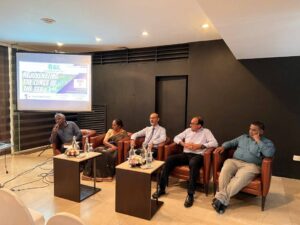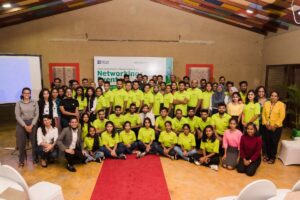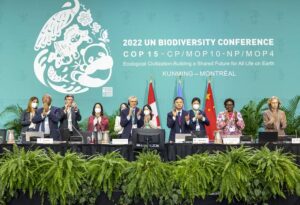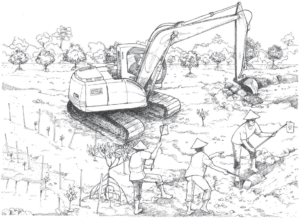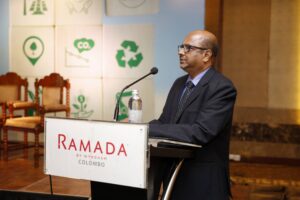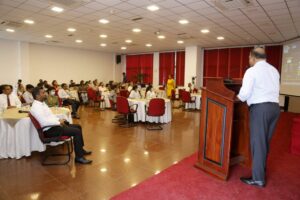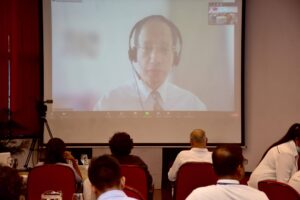Biodiversity Sri Lanka in partnership with the Forest Department, IUCN Sri Lanka and 10 selected private sector partners initiated the implementation of the project “Restoration and Management of a Degraded Fern Land in Kanneliya Forest Reserve” at Opatha in Kanneliya in February 2018. The site selected for restoration is best described as a degraded rainforest which has been cleared for cultivation and subsequently abandoned resulting in the colonization by the pioneer fern species Dicranopteris linearis (Kekilla). Despite the challenges, the project has advanced significantly. A significant proportion of the site is now under intensive ecological restoration practices. Further, it is encouraging to note the structural changes in vegetation as well as the resurgence of some new species of fauna after four years of restoration.
While activities were progressing successfully, American & Efird Lanka (Pvt) Ltd (A&E Lanka) came on board to support the restoration of an additional two-hectare degraded plot, adjacent to the existing restoration area, which would bring about connectivity between it and the nearby rainforest. This would facilitate wildlife movements across the area. The first year of A&E Lanka’s efforts have just concluded and we are moving into the second year. Notable progress has been made in the 1st year of the Project.
Based on the experience gained through the main Project, several adaptive restoration practices have been introduced. These practices have been instrumental in accelerating plant growth and increasing plant survival rates. The invasive Kekilla fern has been removed from approximately 60% of the A&E site. 2,412 large-sized (60cm3) planting pits prepared, soil conservation bunds introduced in a 1.2 ha area to prevent soil erosion, and clay pitches buried next to selected plants located in the dry, hilly areas of the site to ensure continuous water availability to plants during dry periods were some of the measures introduced. The on-site nursery produced and managed high-quality healthy plants. 18 native plant species and Glyricidia were introduced during the period. In addition, natural regeneration of two native species Veraniya and Mahabovitiya were observed after the removal of Kekilla.
The new site has attracted several species of butterflies, bees, and other nectar-feeding insects. The colonization of nectar and pollen-feeding insect species in the site indicates that ecological restoration is heading in the right direction because insects are often used to monitor the progress of the ecological restoration. Five (5) butterfly species – Ceylon Rose, Lemon Emigrant, Mottled Emigrant, Jezebel, and Three-spot Grass Yellow were recorded at the site as well as two (2) bee species – Carpenter Bee and the Eastern Honey Bee. In addition to ecological benefits, the Project provides social benefits including employment opportunities to adjacent communities. Overall, the project has made significant strides during the period under consideration towards its goal of converting the site to a well-functioning rainforest in the long run.



